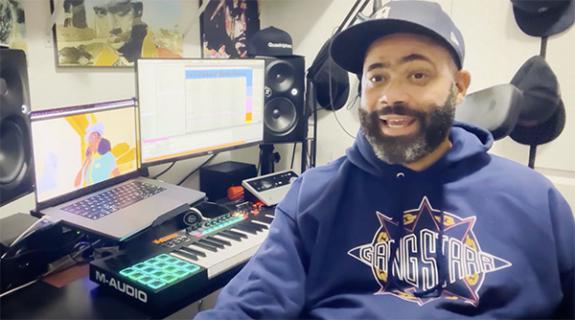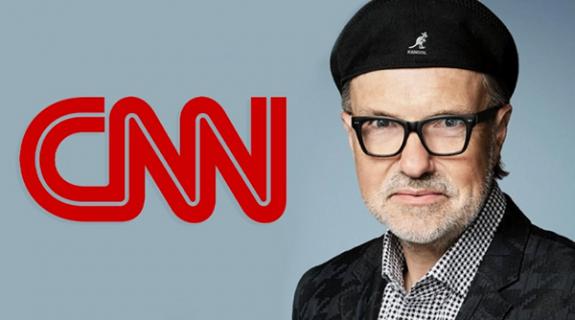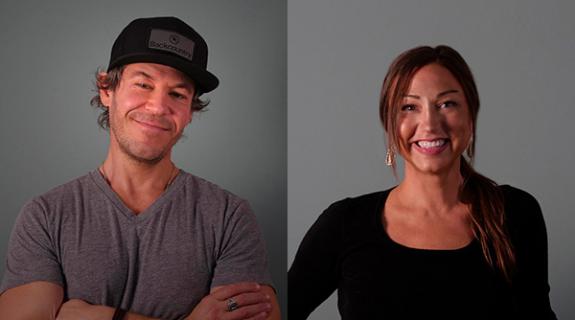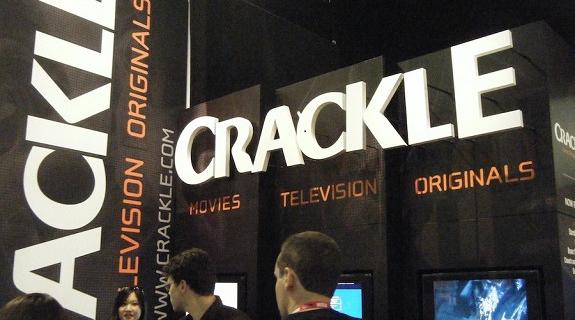The future of television is about delivering targeted content to individuals while retaining the broad footprint that advertisers covet, said panelists at Wednesday’s New York Television Week.
That vision, which in still in the process of being realized, is coming together in several ways.
With traditional media companies such as HBO, CBS and Univision preparing to offer over-the-top services, and President Obama backing net neutrality and a free and open Internet, the battle to deliver content to consumers is on. If the administration has its way, online content producers and distributors will not have to negotiate with broadband providers for access, allowing the Internet to remain a Wild West of content.
Meanwhile, programmers and media buyers are beginning to use much more specific data to acquire content and make media buys. For example, when Netflix decided to greenlight House of Cards, produced by David Fincher and starring Kevin Spacey, it knew from carefully collected data that its audience would be interested in the project. While Netflix won’t release information about House of Cards’ performance, the buzz around the show alone has been enough to justify its $100 million production cost.
“The TV company of the future needs mechanisms for gathering and maintaining customer data,” said Eric Berger, executive VP of digital networks and general manager of Crackle at Sony Pictures Television. “Programmers are looking for the right entertainment on the right platform at the right time. Program schedulers are looking at performance across models, and that informs content acquisition as well as curation.”
As content moves from broadcast and cable’s one-to-many distribution model to digital’s one-to-one model—with TV Everywhere, subscription video on demand (SVOD) and over-the-top services becoming the norm – advertisers are trying to figure out how best to monetize it. Some panelists say that branded entertainment is at least one answer, while others say that advertising distribution technology needs to catch up.
“There’s no shortage of good inventory, the problem is getting to it,” says Sean Downey,Google’s managing director of media platforms. “There’s a lot of work to do to get technology into [OTT] services.”
Another big problem remains measuring that delivery, since no single service exists that can inform programmers and ad buyers exactly who is watching content across all platforms on which it plays.
“There’s not a unified method of measurement for OTT,” said Jay Prasad, VP of global business development, Tube Mogul. “We can’t get demographic information on programming on Xbox or Roku.”
Still, the time is coming fast when people consume almost everything they watch on their terms and their time, and advertisers are scrambling to figure out how to remain in front of consumers when that time arrives.
While nearly 70% of viewers still watch TV live, some 45% of TV viewers watch streaming video, even ahead of shows they’ve recorded on their digital video recorders or watching via video on demand, DVD or electronic sell-through, said Berger, citing a Frank N. Magid study.
More than 62% of people say they plan to replace their pay-TV subscription with an Internet-connected TV, and already a full 25% of Millennials, or people aged 18-34, are virtually unreachable via traditional TV, said Berger. While there’s plenty of content online to satisfy that audience, advertisers, media buyers and technologists have yet to figure out how to fully realize that opportunity.
Says Aaron Radin, senior VP, partnerships and portfolio products, NBC Universal: “If you look at the various ways that inventory is distributed – linear, local avails, VoD, OTT – as you make your way down the chain, the scale gets smaller and smaller. Conversely, the further down you go, the more addressability you have in those platforms. The idea is that you are able to combine all of those things together … but that requires a lot of different tool sets, many of which aren’t yet in the marketplace. We realize that we are going to need to iterate over time. We aren’t going from 0 to 60 immediately. We have to go with the pace of technology.”
Tags:



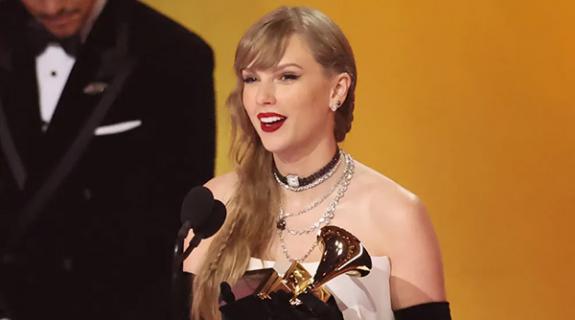
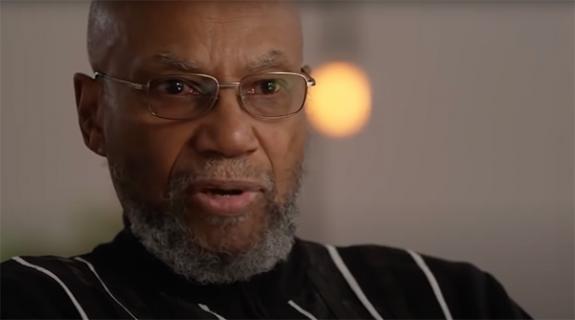




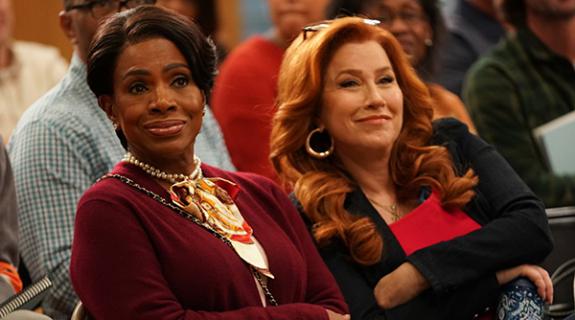
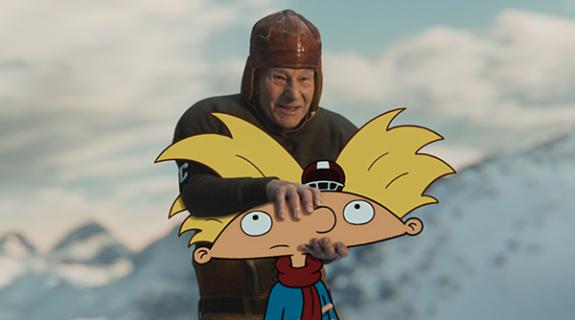


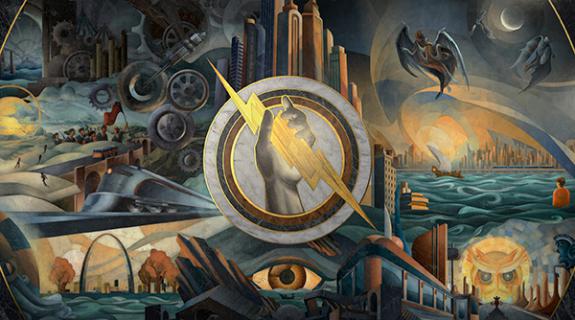
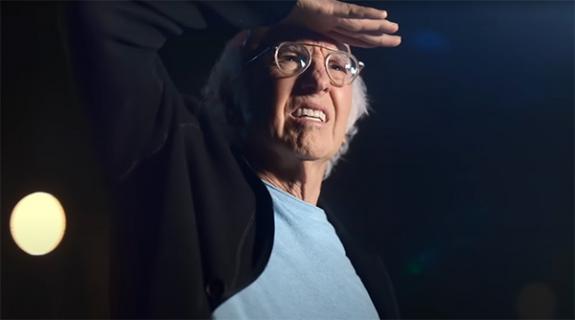


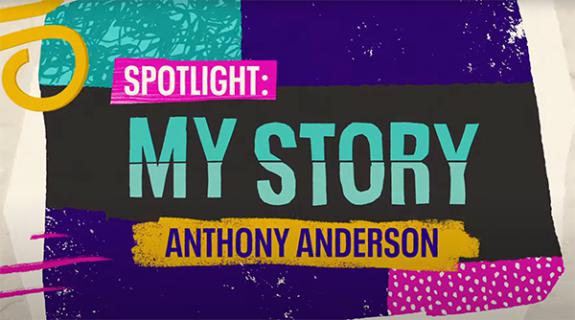






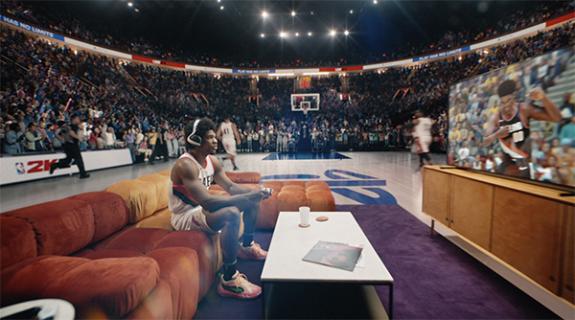
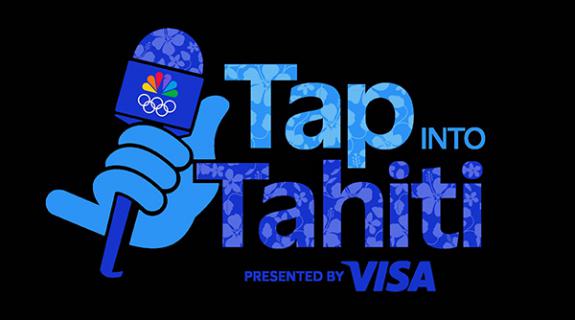













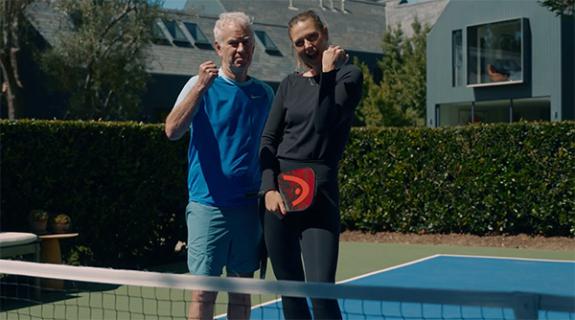


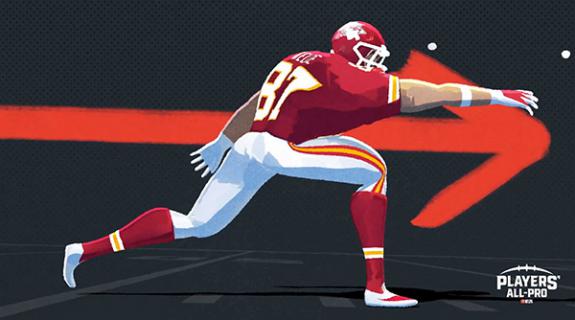

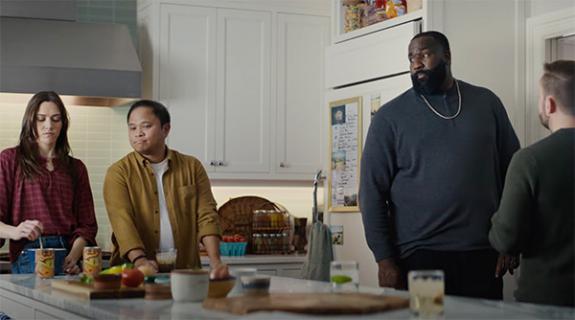
__twocolumncontent.jpg)

